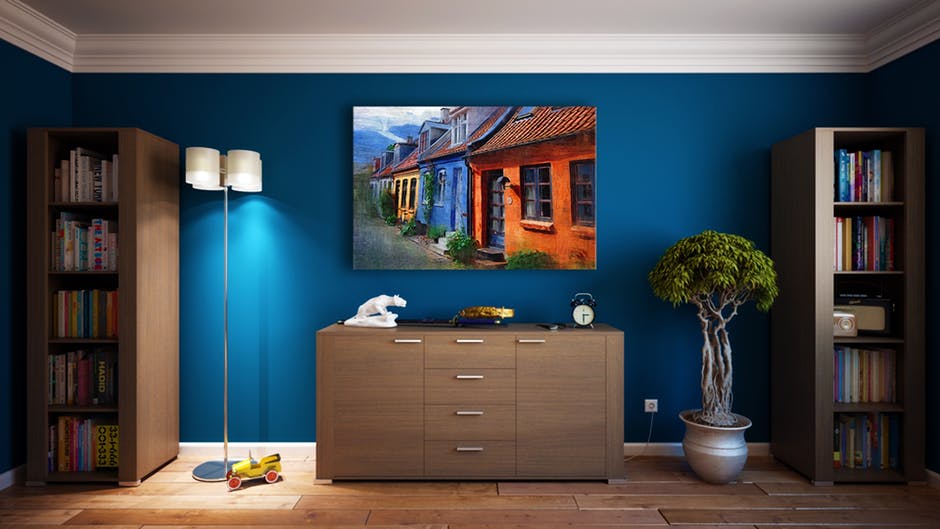We all grow and change as the years pass on. For that reason, our homes are liable to change over the years too. It’s likely that as your personality shifts and your desires mature, you become interested in redesigning the utility of rooms around your house. This might be precipitated by a child fully leaving the nest and living on their own terms, or simply finally having the budget to invest in a room renovation.

Committing to this decision certainly isn’t the end of the story. There are a large number of considerations to plan for and adapt to. We’d like to offer you some advice that should be applicable no matter what uses you intend the new room to have.
Check Dimensions
Planning for and installing all of the furniture or equipment you need in a new room is impossible without keeping an accurate recording of the dimensions you have to work with. This will help you ascertain exactly what you can bring into the space. There’s no point bringing in a pool table into a game room if it takes up all of the room, or there isn’t adequate space for play. A professional interior designer would be able to help you space plan and measure your furnishings and space.
This might help you decide where to place certain items well before you purchase them, helping you avoid mistaken purchasing decisions well in advance. Luckily, planning for this is as simple as grabbing a tape measure and noting all the dimensions of the walls, flooring space and height. Also, checking the door entrance to the room will help you understand how to break down certain implements before planting them in the space.
Clean Thoroughly
Rooms age as we do, and as they do a simple surface clean may not be as complete as a deep, root level clean. This helps you ‘reset’ a room. It’s akin to starting a water detox for your body. Getting rid of the dust that has accumulated in the hard-to-reach areas over the years.
Even if you plan to keep select items in the room, take them all out to clean individually. Perhaps take down and replace the wallpaper, or give the room a fresh coat of paint. Re-varnish the floorboards and vacuum under them, or carpet cleaning to help spruce up your fabrics. This can help you identify new meaning to the space. The room will look fresher, more appealing than it has in years.
Orientation
Are you using the space to the best of your design taste? Not everyone designs a room in the best way. Usually, the best way involves meeting focal points and the orientation of the space to help the furniture ‘flow’. It’s a tangible feeling which simply tells you the room is designed well. Believe it or not, that can make all the difference. Assess where the light sources should be installed. Add various levels of light in the room to highlight art or for function. Here you might decide that switching from blinds to curtains could be more fruitful. You may even decide to extend the window space. The choices are endless.
With these tips, hopefully assessing and improving the utility of a room should no longer feel like a gargantuan task.
This post is a collaborative effort and may contain relative and relatable affiliate links. All opinions are our own and for informational purposes only.

